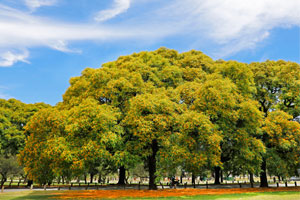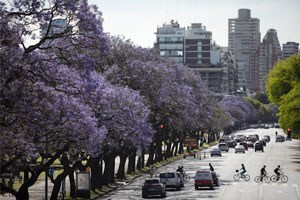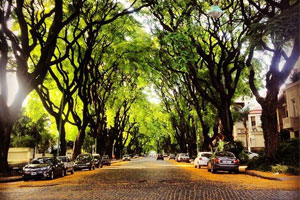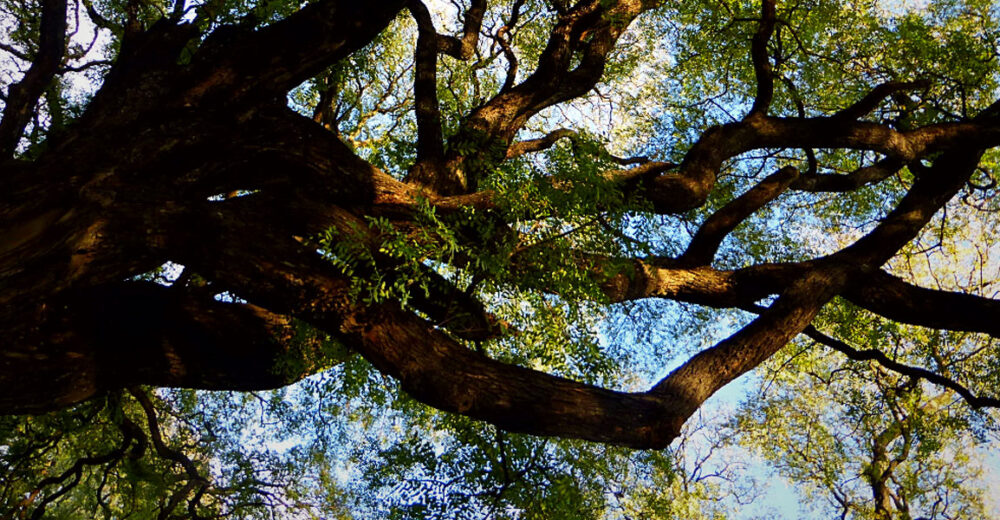Trees of Buenos Aires, the most beautiful natural spectacle in the city throughout the year.
Because not only do they adorn the city in a unique and beautiful way, but they also provide the oxygen we need to be able to live.
Buenos Aires is not simply a city of mixed architecture, but also has an immense variety of plants and trees.
Here, we want to tell you the details by season of the variety of beautiful beings that enrich the view of your walks.
In addition to permeating the landscape with well-being, harmony and beauty, its trunks, leaves, fruits, flowers and branches also tell different stories. Protagonists of a live and constantly moving stage.
Depending on the season of the year, the city is dressed in different colors, fruits or flowers. For this reason, here we want to tell you about the Trees of Buenos Aires:
AUTUMN
 It is the season of the year when the leaves fall and the sidewalks have a wonderful carpet of colors that go from ocher to yellow, passing through a palette of earth colors.
It is the season of the year when the leaves fall and the sidewalks have a wonderful carpet of colors that go from ocher to yellow, passing through a palette of earth colors.
At the same time, you will notice that the flowers of Palo Borracho stain the view of yellow, white and pink. So that you can enjoy this natural wonder, we recommend you go to the Botanical Garden, San Martín Plaza, walk along 9 of July Avenue, go to Avellaneda Park or Las Heras Park.
WINTER
Ideal time to visit the Japanese Garden (find out everything in this link!), And enjoy what the cold achieves with camellias, tulips and magnolias. You can find the “Path of the Sakura”, where cherry trees, a typical Japanese species, completely dye their tops pink.
In winter, the yellow, white and pink flowers of the Palo Borracho that begin to dot the city in autumn, continue to color the landscape, in addition to attracting butterflies and hummingbirds, the city’s emblematic bird.
SPRING
 Changing places, we moved to the Rosedal in this beautiful time where everything flourishes and the city is dyed with vibrant colors and an explosion of exquisite aromas flood it!
Changing places, we moved to the Rosedal in this beautiful time where everything flourishes and the city is dyed with vibrant colors and an explosion of exquisite aromas flood it!
More than a thousand varieties of roses stain this romantic path, with approximately 18 thousand specimens beginning to bloom. In the month of October, you will see how the Rosa de los Lapachos becomes even more present. You can see it at the intersection of Ramón Castilla Street and Figueroa Alcorta Avenue.
In the month of November, you will see the Jacarandás display their flowers like a blue-violet curtain adorning the city, located in Centennial Park, on 9 of July Avenue, at the intersection of Sarmiento and Figueroa Alcorta Avenues and in Lezama Square.
But this season also gives you a yellow floor when the flowers of the Tipas fall.
SUMMER
 One of the most anticipated stations, where sunny days abound and walking around the city is the best plan. We recommend you go to the North Coast, to enjoy the tunnels that the Tipas form near the river, impregnating the air with a fresh aroma. At the same time, they will provide you with the necessary shade to cope with the heat of this season of the year.
One of the most anticipated stations, where sunny days abound and walking around the city is the best plan. We recommend you go to the North Coast, to enjoy the tunnels that the Tipas form near the river, impregnating the air with a fresh aroma. At the same time, they will provide you with the necessary shade to cope with the heat of this season of the year.
They extend to South Coast. Here we leave you a link so that you know about the Ecological Reserve, where you can enjoy much more nature in the middle of the buildings of Puerto Madero.
Moving towards Belgrano, you will find approximately 130 Tipas deployed in 5 blocks (on Melián Avenue, from Olazábal to La Pampa Street). In addition, you will be able to enjoy the beautiful huge English-style houses that abound in this area. Here we tell you everything you can do in the beautiful neighborhood of Belgrano!
And if you dare to go to a not very touristy neighborhood like Caballito, we recommend you take a moment to walk through one of the most important streets in this neighborhood, which is Pedro Goyena. Here, all the blocks have green tops as a roof, making your walk a moment of freshness, exquisite aromas and beautiful landscapes. Here we tell you everything you can do in this picturesque neighborhood of Buenos Aires!
BONUS TRACK – ALL THE YEAR
During the 12 months of the year, the Botanical Garden of Buenos Aires is a tour that you should not miss. With more than 1500 species of vegetation, of which 500 are native flora of the country. As a plus, the Garden has 5 different routes, which by scanning a QR code, you can follow. Undoubtedly, you will not regret visiting this beautiful natural space, which, no matter the time, will provide you with a beautiful walk and where you can learn about the species that inhabit it. Here we tell you everything you need to know!

